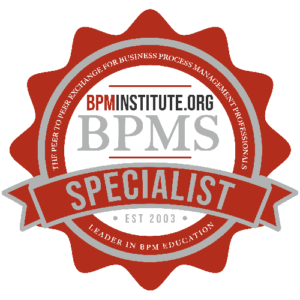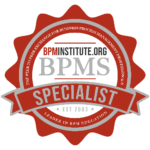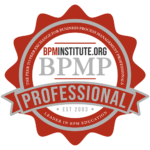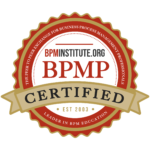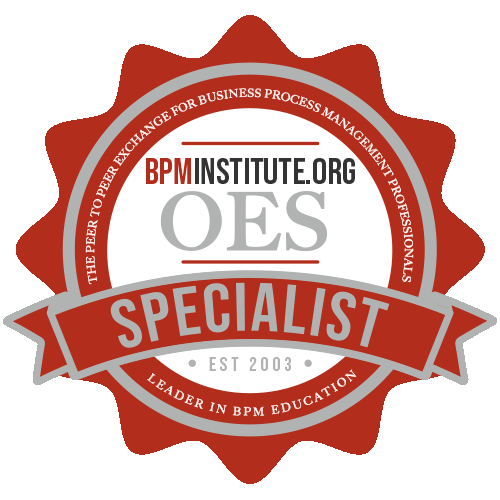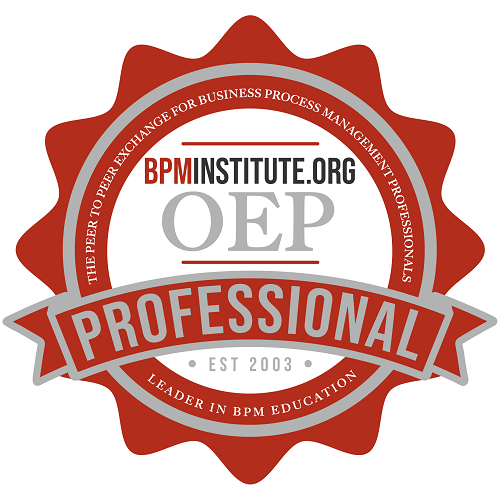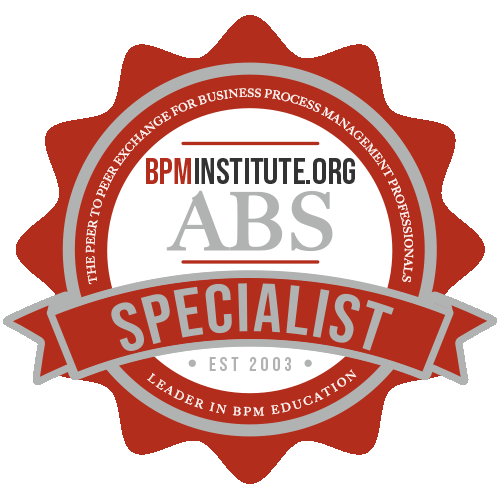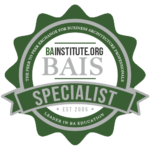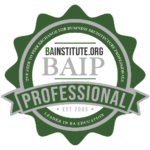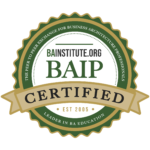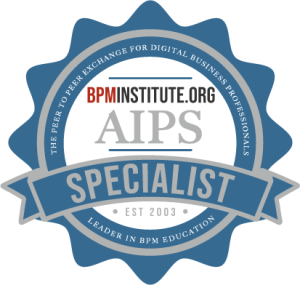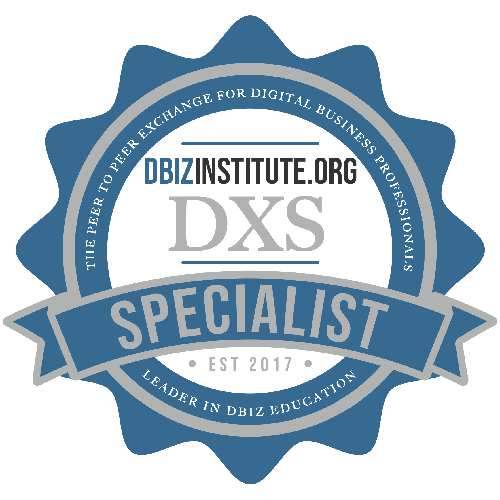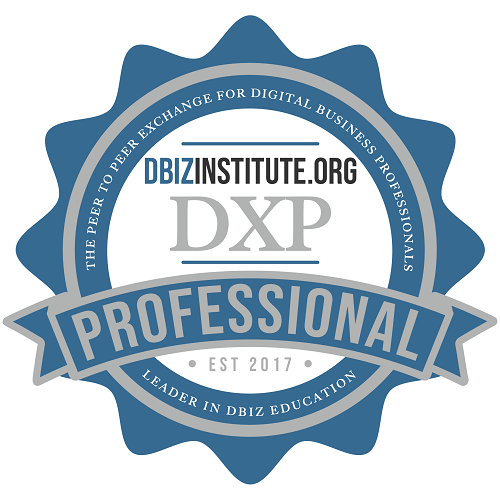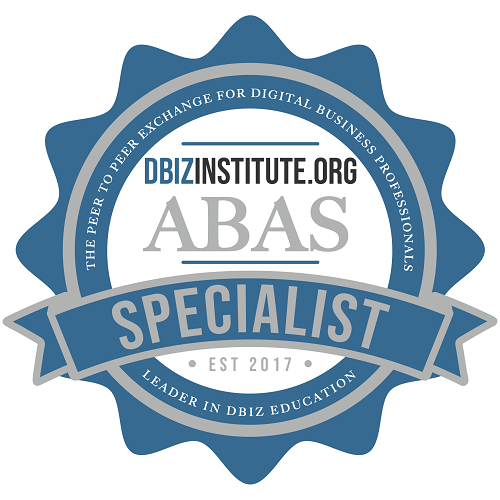You’ve likely heard that artificial intelligence (AI) and automation are transforming every corner of the modern workplace. Yet for many organizations—and the business analysts who help them function—it’s not always clear how these technologies fit into everyday Business Process Management (BPM). What does “automation” look like when you’re mapping and improving workflows? And does AI just add extra complexity, or can it truly enhance efficiency and insights? In this article, we’ll break down AI and automation in simple, accessible terms, showing how they can amplify BPM’s impact without resorting to buzzwords or lengthy tech speak.
Why AI and Automation Matter in BPM
At their core, AI and automation tools aim to do two things: speed up repetitive tasks and support (or even make) more informed decisions. In BPM, you’re constantly seeking better ways to optimize processes, reduce bottlenecks, and ensure consistent outcomes. AI can mine through huge amounts of data to reveal hidden patterns or predict outcomes, while automation handles mundane steps that previously required manual intervention. Together, they help organizations:
- Save Time and Costs:
By automating data entry or routine approvals, employees have more bandwidth for higher-value work. - Enhance Quality and Consistency:
Machines can often perform standardized tasks with fewer errors, ensuring outputs meet specific criteria each time. - Offer Predictive Insights:
AI algorithms can analyze process data—like completion times or error rates—and forecast where future issues might arise or how to allocate resources more effectively.
Core Automation Tools for BPM
Not all automation is created equal, and different tools serve different needs. Here are a few that commonly show up in BPM discussions:
- Robotic Process Automation (RPA):
Despite the name, “robots” here are typically software programs that mimic human actions in digital interfaces. If you find yourself copying data from one spreadsheet to another, or repeatedly logging into systems to transfer information, RPA can handle these tasks more quickly and reliably. - Workflow Engines and Low-Code Platforms:
These solutions allow you to build or modify digital workflows with minimal coding. Drag-and-drop interfaces help you design steps, approval rules, and notifications. They’re great for business analysts who want to orchestrate a full process—like onboarding a new employee—without heavy reliance on IT teams. - Chatbots and Virtual Assistants:
If your process includes responding to customer inquiries or internal requests, chatbots can handle the most common queries automatically. Human intervention only kicks in for complex scenarios. This frees up service teams to tackle higher-level tasks.
Getting Comfortable with AI
Artificial intelligence may sound intimidating if you’re not a data scientist, but understanding a few core concepts can help you see how it complements BPM:
- Machine Learning (ML):
ML systems learn from historical data. In BPM, this might mean analyzing thousands of process instances to identify patterns—such as which bottlenecks cause the longest delays or which step is most error-prone. - Natural Language Processing (NLP):
NLP technologies interpret text or speech. For instance, an NLP-powered bot can sort customer emails into categories or extract important details (like account numbers) before handing them off to the next step. - Predictive Analytics:
By studying data patterns, AI tools can forecast future events (e.g., the likelihood of a shipment delay) or anticipate resource needs (like staffing levels). This predictive power makes it easier to plan, budget, and preempt problems before they become crises. - Process Mining with AI:
AI-enhanced process mining tools automatically map out how work actually flows—based on logs from your software systems—versus how it should flow. They can even suggest improvements or detect anomalies.
Real-World Examples (Without the Jargon)
Let’s look at how AI and automation might improve everyday processes:
- Invoice Processing:
Instead of manually entering invoice details into a finance system, an RPA bot uses OCR (optical character recognition) to extract data, checks for duplicates, then routes the invoice for approval. If any anomalies appear—like an unusually high amount—an AI model flags it for human review. - Employee Onboarding:
A workflow engine can automatically send welcome emails, assign training modules, and set up necessary accounts. AI chatbots answer routine questions from new hires, freeing HR staff to focus on more nuanced onboarding aspects like culture integration. - Customer Support:
AI-driven chatbots handle simple support queries (password resets, account checks) while learning from each interaction. Over time, they become better at solving issues on their own, escalating only the most complex problems to human agents.
Keys to Seamless Adoption
- Start Small and Test:
Begin with a single process that’s repetitive and easy to measure. By automating or adding AI-driven insights to one workflow, you’ll learn what works (and what doesn’t) before rolling out changes more broadly. - Collaborate with IT (and Possibly Data Scientists):
Even if you don’t need to code, you’ll likely rely on IT teams for system access, security checks, and integration tasks. Building a good relationship with them ensures smooth deployment. - Measure Before and After:
Gather metrics—like time saved or error reduction—to demonstrate the tangible benefits of AI and automation. This data also guides adjustments if you’re not meeting targets. - Keep People at the Center:
Automation is meant to free humans from drudgery, not replace them entirely. Communicate how these tools help employees focus on more strategic, interesting work. Encourage feedback and treat employees’ insights as a goldmine for further improvement.
Overcoming Common Misunderstandings
- “We’ll Lose the Personal Touch”:
Some worry that machines can’t replicate human empathy or creativity. In BPM, the goal isn’t to replace personal interactions but to streamline mechanical tasks so people can dedicate time to building relationships, solving complex problems, or innovating. - “AI Will Be Too Expensive”:
While advanced AI can get pricey, plenty of cost-effective entry points exist. Low-code platforms, basic RPA tools, and even open-source AI libraries can yield big efficiency gains without massive overhead. - “We Have to Automate Everything”:
Not every step benefits from automation. Some tasks need that personal touch, ethical discernment, or creative flair. Focus on the parts that genuinely slow your process down or are prone to human error.
AI and automation might sound like fancy buzzwords, but when you cut through the jargon, they’re just tools—albeit powerful ones—that enhance BPM’s goal: to create smarter, more efficient workflows. By starting with simple use cases, partnering with the right technical allies, and remembering the human dimension, you can harness these technologies to tackle mundane tasks and glean predictive insights, all while keeping your processes both lean and future-ready. In doing so, you’ll discover that AI and automation don’t have to be overwhelming or impersonal—instead, they can become trusted allies in your ongoing quest for operational excellence.




